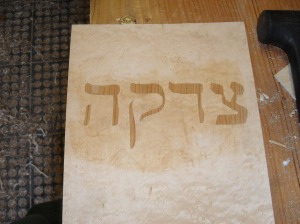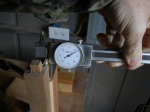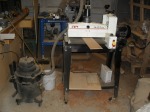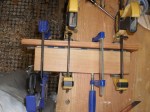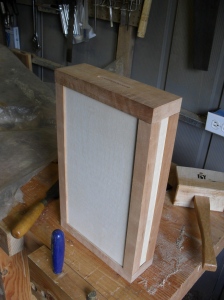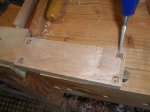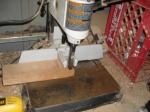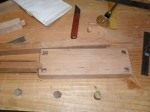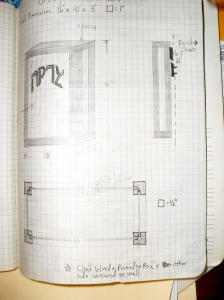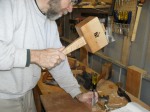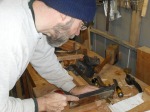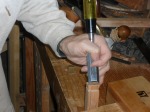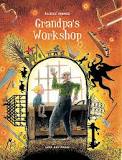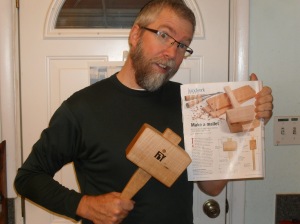My usual readers know that I have been doing my best to lose weight and get stronger since last summer. All my hard work has really paid off. I went from 198 lbs (90kg) to 137lbs (62kg) using two fitness systems.
Now, I don’t huff and puff around the shop. Using the plane for a long time does not bother me or my back. My chainsaw no longer strains my back, and my range of motion has really increased along with my ability to stay focused and energy level.
To do this, first I used Beachbody’s Power 90 which I finished in January and right after that, I started P90X. I have had great success with both of these programs along with using Shakeology.
I was so pleased about my results, I became a Beachbody Coach because my body became living proof that these systems really work. No gimmicks, no fad diets, just sensible eating, Shakeology, and being committed to “push Play” six days a week. I am 49 years old with my athletic college body back, and I am as strong as ever and getting better every day.
Tony Horton inspired me to do great things and I have done a great thing. I have a new lease on life and a new outlook. Here is a short video I made about my weight loss journey:
http://www.youtube.com/watch?v=iJqOs5Mtr7g
Now here’s the plug…… Do you want to change your life? Do you want to get rid of those extra pounds, feel more energized, feel strong and ready to take on the world and that biggest job in your shop? I can really help you do that along with Beachbody’s fitness programs. They have something from beginners to people who want to crush it with P90X2, Les Mills Combat, and Insanity.
I am inviting you for a new lease on your health and life. You can contact me at yaakov763@yahoo.com
……END OF SHAMELESS PLUG……. BEEEEEEeeeeeeeeeeeepppppppppp

